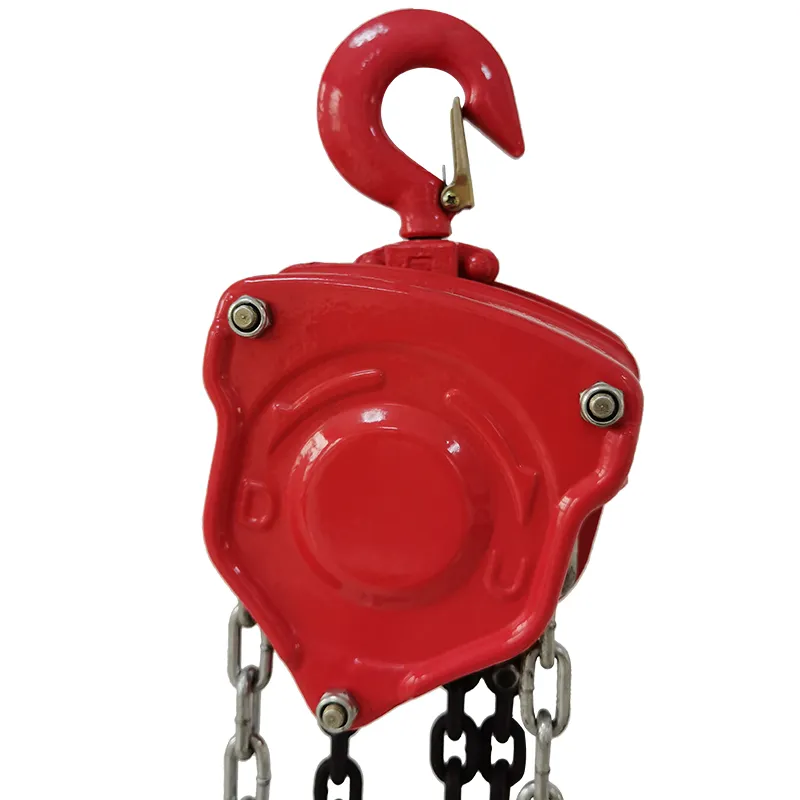


Fall Protection Design Ensuring Safety in Elevation Work
When it comes to occupational safety, fall protection is a critical aspect that cannot be overlooked. Working at heights poses significant risks, and effective fall protection design is essential to safeguard workers and prevent accidents. This article explores the fundamental elements of fall protection design and the strategies that can be implemented to enhance safety in various work environments.
Fall protection systems are designed to prevent workers from falling off elevated surfaces and to minimize the risks associated with such falls. The Occupational Safety and Health Administration (OSHA) emphasizes the importance of a well-structured fall protection plan, which includes identifying potential fall hazards and implementing control measures. These measures can be categorized into three primary approaches elimination, passive protection, and active protection.
First and foremost, the ideal scenario in fall protection design is the elimination of fall hazards. This involves redesigning work processes or using tools and equipment that allow tasks to be completed at ground level whenever possible. However, in situations where elimination is not feasible, passive protection systems such as guardrails, safety nets, and hole covers should be considered. These systems provide physical barriers that minimize the risk of falls while allowing workers to perform their tasks safely.

Active protection measures, such as personal fall arrest systems (PFAS), are also crucial in a comprehensive fall protection plan. PFAS includes harnesses, lanyards, and anchor points that allow workers to move freely while being secured. Proper training is essential to ensure that workers understand how to use these systems effectively and how to conduct regular inspections to maintain their functionality and reliability.
A thorough risk assessment is a vital component of fall protection design. Identifying potential fall hazards in the workplace involves evaluating the environment, equipment, and workflows. Engaging workers in this assessment process can also provide valuable insights, as they often identify hazards that management may overlook. Furthermore, incorporating feedback from workers can lead to the development of better safety protocols and preventive measures.
In conclusion, fall protection design is a multi-faceted approach that combines the identification of hazards, the implementation of appropriate safety systems, and the involvement of workers in safety planning. By prioritizing safety and continually assessing and improving fall protection strategies, organizations can create safer work environments. Ultimately, investing in effective fall protection design not only protects workers but also enhances overall productivity and morale within the workplace.



